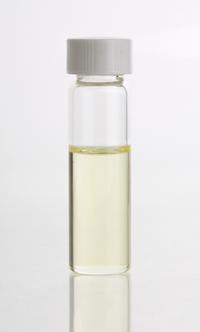
Photo from wikipedia
Volatile organic compounds (VOCs) from leaves of geranium (Pelargonium graveolens L’ Herit) were extracted by dynamic headspace using Porapak Q (HSD-P) as adsorbent and peat, a novel adsorbent in the… Click to show full abstract
Volatile organic compounds (VOCs) from leaves of geranium (Pelargonium graveolens L’ Herit) were extracted by dynamic headspace using Porapak Q (HSD-P) as adsorbent and peat, a novel adsorbent in the extraction of plant volatiles, analyzed by gas chromatography–mass spectrometry (GC/MS) and gas chromatography–flame ionization (GC/FID), and the results were compared with those obtained by hydrodistillation (HD). The yield volatiles changed with the extraction method. HD was more efficient for extracting linalool (11.19%) and citronellyl formate (9.41%). Citronellol (28.06%), geraniol (38.26%) and 6,9-guaiadiene (9.55%) and geranyl tiglate (8.21%) were the major components identified by dynamic headspace using peat (HSD-T), while citronellol (16.88%), geraniol (13.63%), 6,9-guaiadiene (16.98%) and citronellyl formate (6.95%) were identified by dynamic headspace using Porapak Q (HSD-P). Furthermore, this work showed, for the first time, that in natura peat is useful to extract VOCs from leaves of geranium.
Journal Title: Molecules
Year Published: 2020
Link to full text (if available)
Share on Social Media: Sign Up to like & get
recommendations!